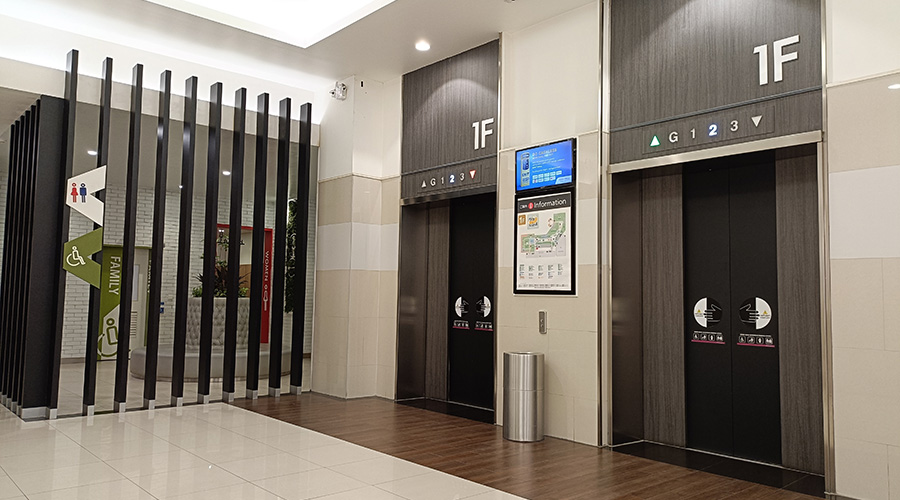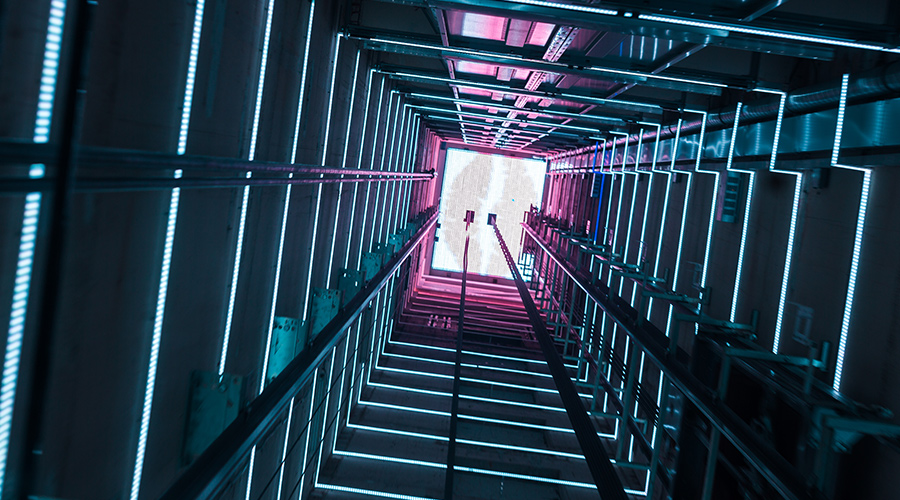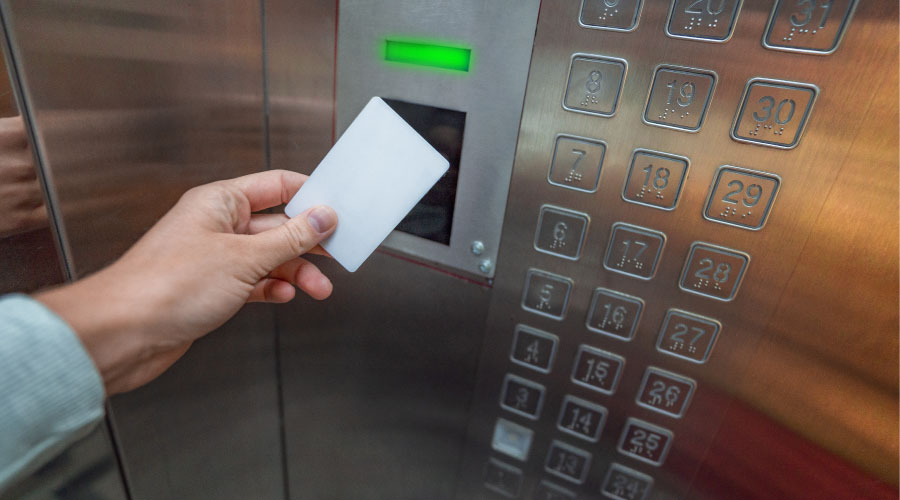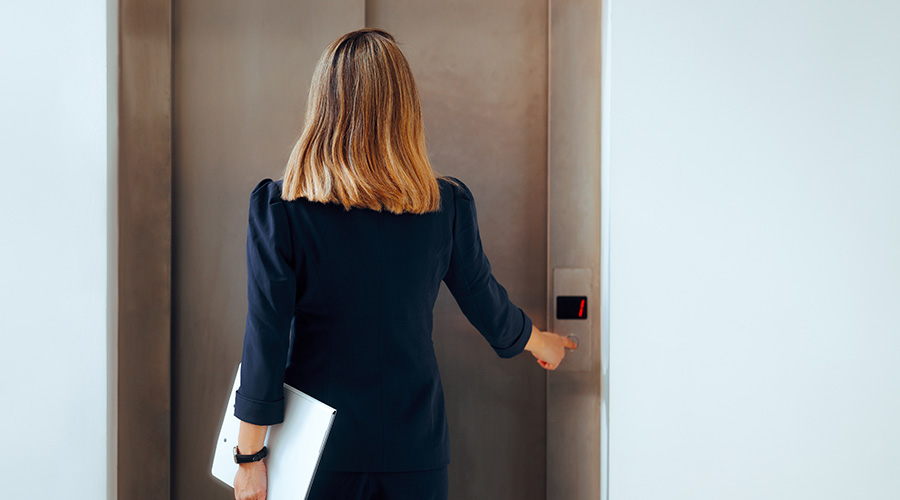Preventive Maintenance Helps Keep Elevator Costs Downs, Prevents Premature Modernization
Elevators have been expected features in office and residential buildings in the United States for more than 75 years. Today, vertical transportation systems are pervasive, yet they are routinely overlooked when building owners evaluate causes of workplace inefficiency, the marketability of a commercial property, strategies for retaining tenants, and options to increase leasing rates. Keeping up on preventive maintenance helps keep elevator costs down, including avoiding premature modification.
Building tenants expect speedy and reliable transportation to move them vertically throughout a structure. Regular, on-site preventive maintenance is essential in sustaining the performance and improving the lifespan of a building's elevator systems. Many times a licensed engineer is not dispatched to service a lift until there is a definite problem with the system and it is in desperate need of repairs. Without proper and routine maintenance, costly repairs will most likely be required, resulting in more frequent shutdowns of the elevator. Owners and property managers need to be diligent and persistent in holding their maintenance contractors to the terms detailed in maintenance contracts. The contracts typically require routine preventive maintenance through the use of log tracking of maintenance visits and require contractors to provide reports what detail callback frequency and provided repairs and routine maintenance. Unfortunately, some building owners ignore preventive maintenance until the system becomes a liability or is no longer code compliant. At that point, the problems become more costly and difficult to solve, requiring repairs or even modernization.
The stoppage of an elevator for repairs can trigger irritation and dissatisfaction from tenants, lower the productivity of employees as they are required to spend more time waiting for an alternate elevator, and prompt an expenditure that might have been avoided had preventive maintenance been properly performed. Typically, the consequences of not conducting appropriate maintenance will not be observed in the short term. It's during the middle and later years of a lift system's lifecycle that the effects of maintenance neglect become unmistakably apparent.
What To Look For
Elevator doors are some of the most used and mistreated components of a commercial building. They are the only part of an elevator system that moves twice each time a car reaches a desired floor. In addition, riders pry the doors open, stop them from closing to allow additional passengers, prop them open when loading and unloading cargo, and bang up against them with luggage and carts. Abuse as well as wear and tear of elevator doors can cause them to not open or close properly. An inadequate alignment of the doors can become severe enough that a shutdown is inevitable and an entrapment becomes possible. Many times damage to a lift's doors, including knocking them off alignment, is above and beyond what is covered by a standard elevator maintenance contract and repair is at the building owner's expense.
Elevator doors and rollers require routine maintenance and adjustments to ensure that they open and close evenly. An obvious warning sign that an elevator system's doors are out of alignment are scratches on the inside of the doors as a result of the panels dragging along the car. Refinishing costs of the doors, costs that could have been avoided with proper routine maintenance, will then have to be incurred by the building owner, as they are not covered in service contracts. Other door components that can cause performance issues include door gibs, hanger rollers, and hoistway door interlocks.
Related Topics:













